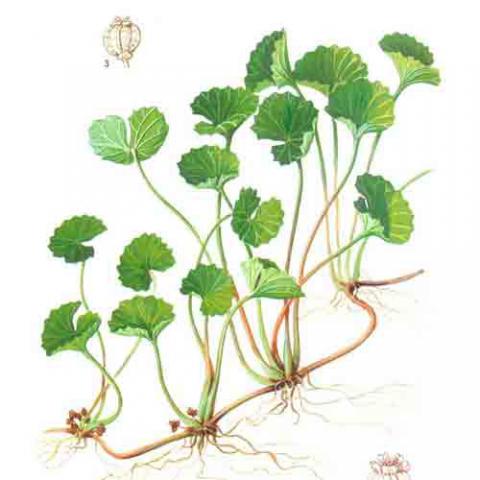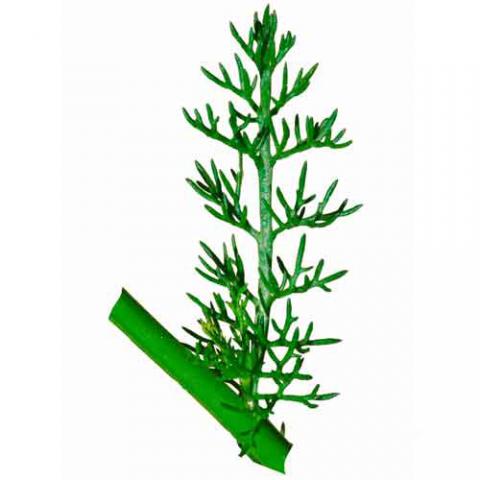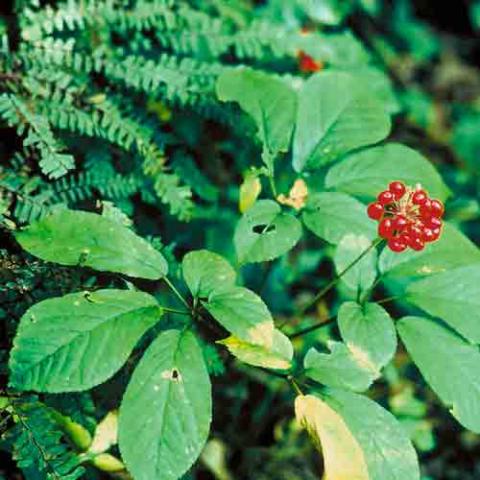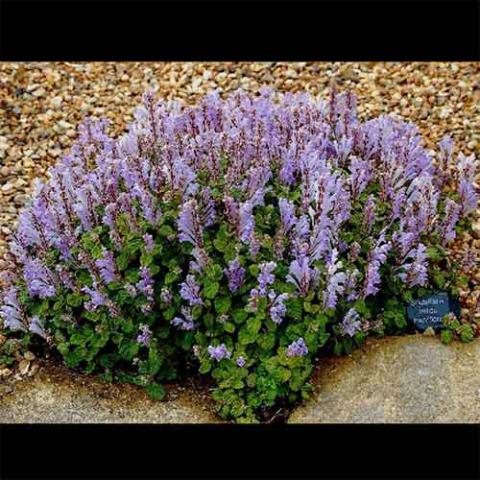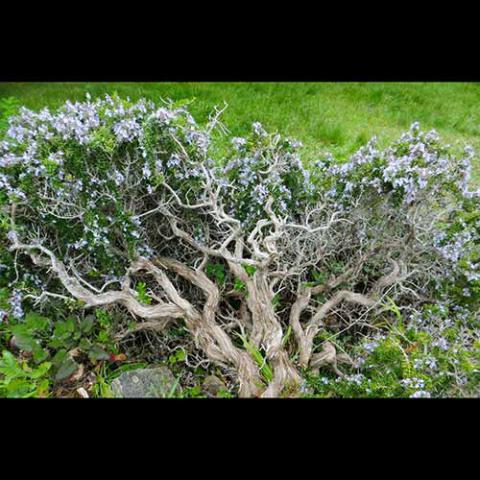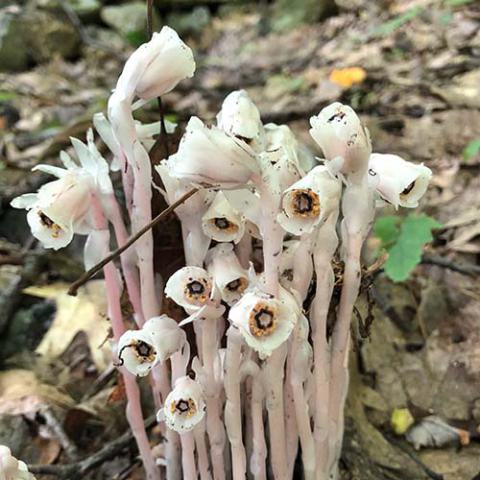Therapeutic: Nervine
What is a Nervine?
A nervine is a plant remedy that has a beneficial effect upon the nervous system in some way. This makes the word nervine into a bit of a catch-all expression, and to study them properly they must be differentiated into 3 major categories: nervine relaxants, nervine stimulants, and nervine tonics. Any successful treatment of nervous system problems with these herbs will involve treating the whole body and not simply the signs & symptoms. With life being such a stress and problem for humanity today these herbs can be of great use and importance.
1) Nervine Tonics (or trophorestoratives) are perhaps the most important contribution herbal medicine can make in the whole area of stress & anxiety, and in strengthening & “feeding” the nervous system. In cases of nervous debility, the nervine tonics strengthen and restore the tissues directly. Note: Adaptogens should also be considered in this group due to their ability to aid the whole of the body and mind to cope with demands made upon it. Some herbal examples include:
- Avena sativa (Oats)
- Bacopa monniera (Brahmi)
- Borago officinalis (Borage)
- Centella asiatica (Gotu kola)
- Hypericum perforatum (St. John’s wort)
- Verbena officinalis (Blue vervain)
- Vinca major/minor (Periwinkle)
2) Nervine Relaxants are a group that has become increasingly important in our times of stress and tension. They are the closest natural alternative for the orthodox nerve tranquilizers, but should always be used in a broad holistic way. Too much tranquilizing, even that achieved through herbal medication, can in time deplete and weight heavily on the whole nervous system. However, the physical symptoms that can so often accompany the ill-ease of anxiety may be well treated with herbs that work on the anxiety itself. When the physical body is at ease, ease in the psyche is promoted. Note: In high doses many of these herbs can act as sedatives or Hypnotics. Some herbal examples include:
- Lavendula off. (Lavender)
- Humulus lupulus (Hops)
- Melissa off. (Lemon Balm)
- Matricaria recutita (Chamomile)
- Stachys off. (Wood Betony)
- Scutellaria lateriflora (Skullcap)
- Passiflora incarnata (Passionflower)
- Tilia europea (Linden)
- Lactuca virosa (Wild Lettuce)
- Piper methysticum (Kava Kava)
3) Nervine Stimulants cause a direct stimulation of the nervous system, and not very often needed in our times of hyperactivity. In most cases it is more appropriate to stimulate the body’s innate vitality with the help of adaptogens, nervine or even digestive tonics, which work by augmenting bodily harmony and thus have a much deeper and longer-lasting effect. A problem with commonly used stimulants (such as coffee) is that they have a number of side effects and can themselves be involved in causing many problems such as anxiety and tension. Some herbal examples include:
- Cola vera (Kola)
- Coffea arabica (Coffee)
- Camellia sinensis (Green/Black Tea)
Adapted from David Hoffman’s ‘The Herbal Handbook: A User’s Guide to Medical Herbalism” & “Medical Herbalism”
Reference:“The Naturopathic Herbalist”

